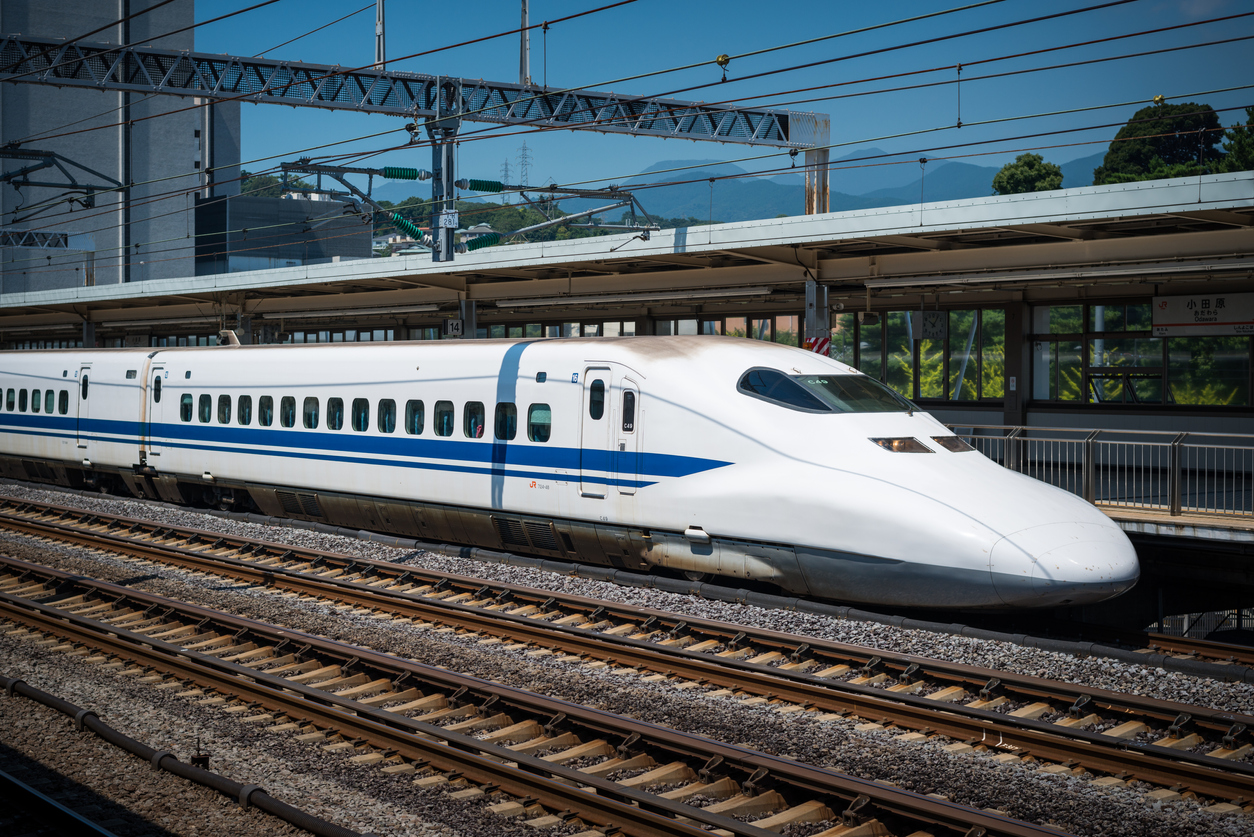
Indian companies told to build Chinese alternative for bullet train self-reliance

As the corporation building India’s first bullet train ensures that local firms shoulder three-fourth of the work, the Indian industry has been urged to come up with an alternative to the high-tech machines needed to construct viaducts (elevated buildings) on the desired pace. These viaducts are currently made in China. Trade with China has been affected by the border tension in eastern Ladakh.
Each machine costs around ₹70-80 crore and the bullet train venture will need 30 such machines, Achal Khare, Managing Director of the National High Speed Rail Corporation (NHSRL), told The Indian Express.
“If we are to build 237 km in four years, there is no other way except to use this technique. But these carrier-and-launcher machines are manufactured in China. So this is one of the challenges which we have posed to the industry, including L&T (which is building 325 km of a high-speed viaduct in Gujarat) and the academicians, that why we can’t develop them rather than importing them from China,” Khare told a gathering of the trade physique. The Indian trade doesn’t have any expertise of constructing high-speed rail techniques.
Also read: Bullet train project on course, completion deadline 3-6 months: Railways
Procuring these machines was frequent earlier. “I guess people here never needed to apply their minds to make them because they were available cheap in China. Now we are telling people to try and design them, let’s be self-reliant. It’s not like Indian engineers cannot make it,” said Khare, emphasizing the federal government’s focus on Aatmanirbhar Bharat.
“I think people will try to develop these machines here, and that is good. How else will we become self-reliant?”
Khare acknowledged that the machines are “no joke”. “They are vehicles capable of carrying loads of 1,000 ton-plus. Currently, girders are carried by road in little segments.” Noting that even Japan, which helps India with the bullet train venture, had not designed such machines, Khare said China developed them over its building of 25,000 km of high-speed rail.
Similarly, the NHSRCL has requested the Ahmedabad Textile Research Institute to work on growing upholstery just like the fire-retardant one utilized in Japan’s high-speed Shinkansen system. “They say that even if you pour petrol on the upholstery and set it on fire, it will not propagate. We cannot be dependent on Japan forever for this,” Khare stated.
Besides, on the behest of the NHSRCL, a number of IITs are making simulation software for electrical systems, which are at present the sole domain of foreign consultants working with the railways and different agencies.
The NHSRCL plans to hire management professionals and send them to JR East, which runs the Shinkansen, in order that they find out how the system is managed and are available again and replicate that “culture” in India.
In the most recent understanding reached with the Japanese aspect, India is to hold out around 75 per cent of the development for the venture via Indian corporations. Typically, in initiatives of such a scale, around Rs 80,000-90,000 crore price of contracts, largely in civil building and even track-laying, would go to Indian firms. The bullet train venture, without regular inflation factored in from 2015, is estimated at Rs 1.08 lakh crore.
The NHSRCL has advised Indian contractors to make sure that their workers, from rail-welding technicians to engineers, motor automobile operators and supervisors, get skilled and licensed by a reputed Japanese company. The coaching classes can be up to 125 days, and the fee needs to be borne by the contractors.
While the Railways insists the venture continues to be on time for the December 2023 deadline, sources stated they’re observing a completion date of December 2028.
Also read: Uddhav Thackeray compares bullet train project to ‘white elephant’


